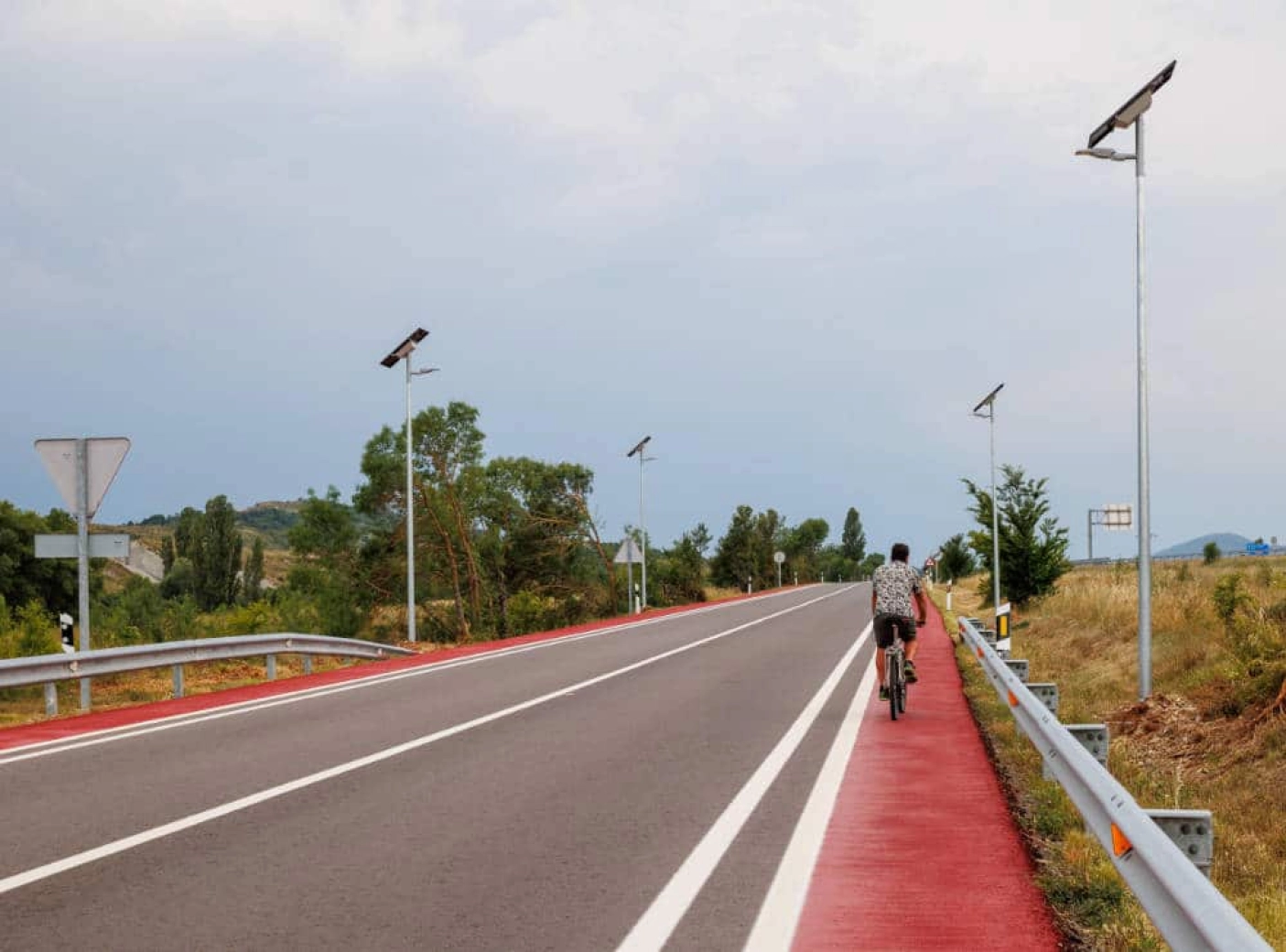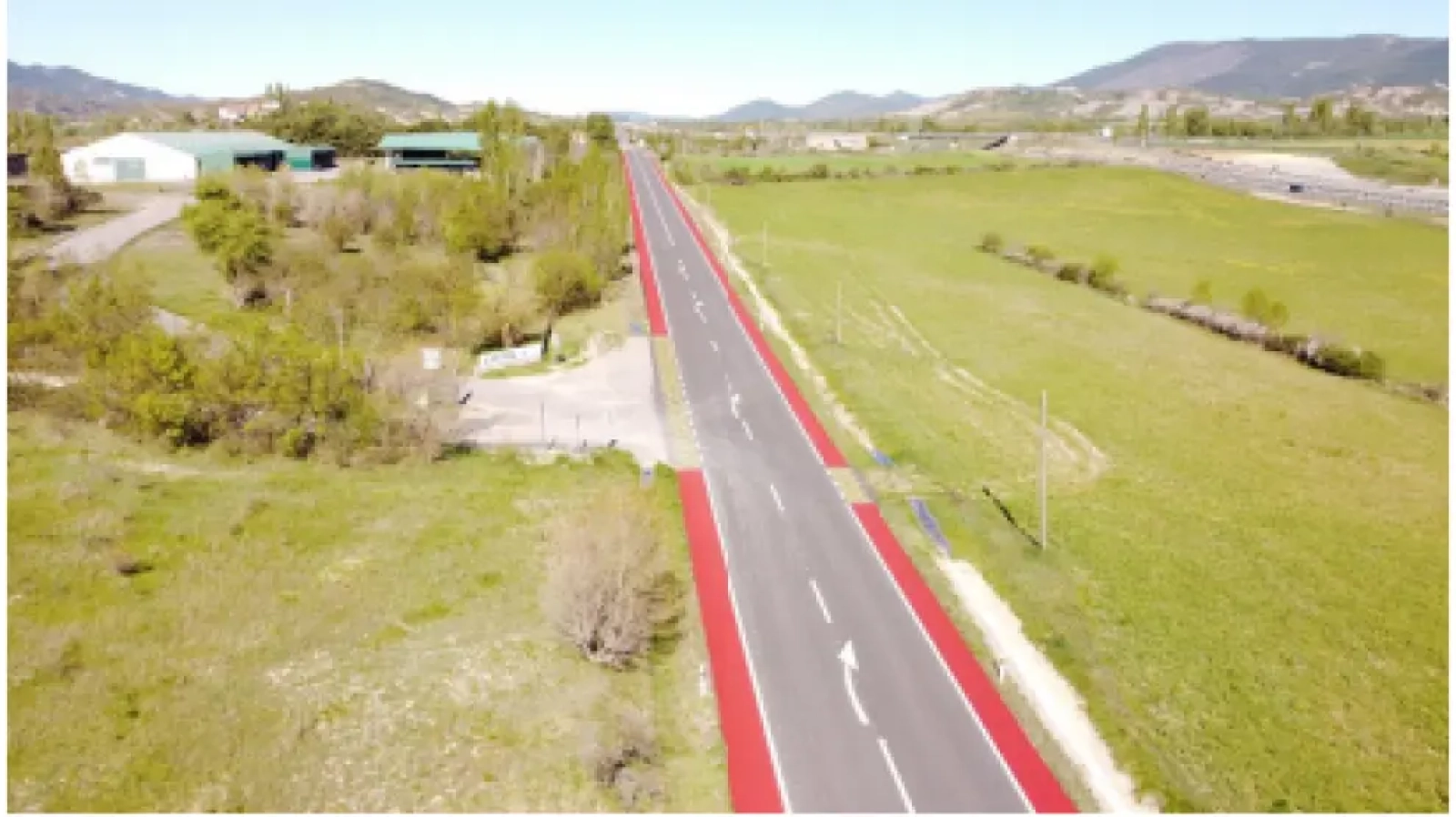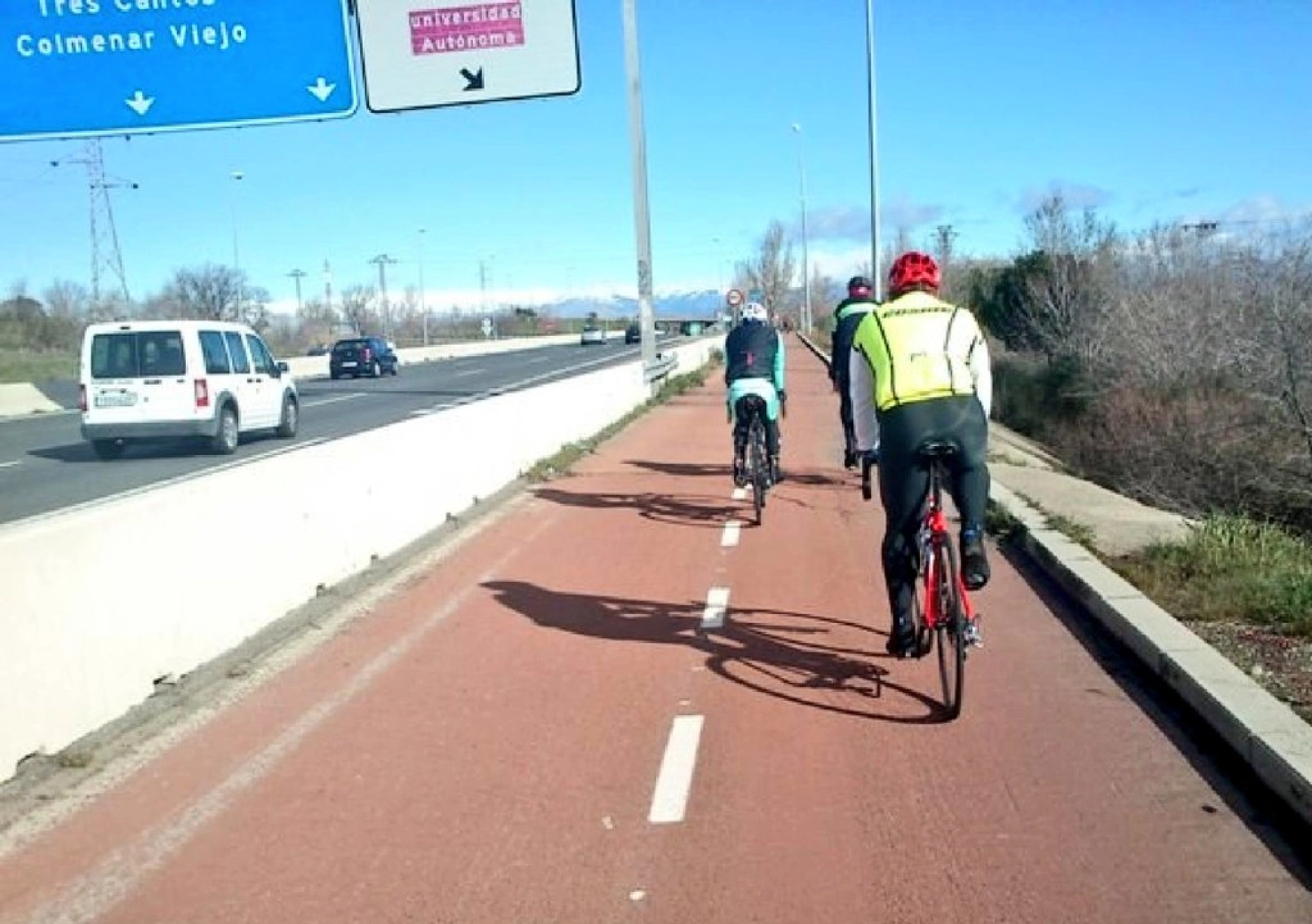The development of bike lanes among the pillars of the new Sustainable Mobility Law
Within the recently approved Sustainable Mobility Law, which aims to promote new forms of transportation. A law that has brought modifications to other laws to adapt them to its contents, such as in the General Road Regulations where we find a curious article that points out the possibility of eliminating shoulders on national roads to replace them with bike lanes. We tell you how this can affect your usual routes.

The development of bike lanes among the pillars of the new Sustainable Mobility Law
On October 8, the so-called Sustainable Mobility Law was approved in the Congress of Deputies, which aims to establish a regulatory framework for the promotion of new means of transportation.
A law that defines active mobility as the movement through non-motorized means that use human physical activity and recognizes new modes of transportation as what they are: means of transportation that are intended to become key, especially in urban areas.
RECOMENDADO

Why wider tires in gravel are faster

Black Friday 2025 cycling bargains: save on Garmin, POC, Maxxis and more

Black Friday Garmin 2025: the ultimate guide to choosing your GPS at the best price

Do you need suspension on your gravel bike?

Countersteering, braking and cornering: the basics to improve your cornering skills

10,000 steps a day or how much on a bike?

Among the parameters established by the Sustainable Mobility Law is the obligation to develop continuous, safe, and accessible infrastructures for cyclists and other active modes of transportation, such as Personal Mobility Vehicles. Additionally, it also emphasizes the need to advance in intermodality.
As is often the case when a new law is passed to establish a framework, this entails the need to modify other laws to adapt their contents to those contemplated by the first. In the case of the Sustainable Mobility Law, a modification that has generated quite a bit of controversy is the one that affects the General Road Regulations, which incorporates the third additional provision dedicated to Bike Lanes.

In it, we can read “On multi-lane roads and conventional roads with a reduced average daily intensity in which it is considered especially convenient to include a cycling route or continue an existing one, for the execution of adjacent bike lanes to state roads, the pre-existing shoulders may be reduced or eliminated”, a statement that facilitates the premise of achieving the aforementioned network of bike infrastructures.
An statement that, in the world of misinformation that social media has become, has generated some noise with readings from some who predict the end of cycling on roads as we have been doing. The truth is that behind all the good intentions that seem to be included in this new legislation is the poisoned candy of the alleged benefits of bike lanes in a country like Spain, which, let's remember, is statistically the safest in Europe for cycling and where, on the other hand, cycling on its roads is massive.

When the paragraph of the General Road Regulations talks about eliminating shoulders and replacing them with bike lanes, we couldn't help but think of the N-330 road that connects the towns of Jaca and Sabiñánigo, a road that, since the opening of the A-23 highway, has very low traffic and yet it was decided to eliminate the shoulder to replace it with a poorly named bike lane that is nothing more than the same shoulder painted red with a double line separating the car part from the bike part.
It may seem like a perfect solution for the cyclist, but as is often the case with this type of infrastructure, what the cyclist gets is only the crumbs of space and, worse, a loss of circulation rights on public roads.
If we cycle on a conventional road, the current law allows the cyclist to ride, in most cases, in parallel. Not necessarily in the shoulder but as far to the right as possible on the road, being able to invade the lane on long descents and other scenarios. Additionally, when cycling conventionally, the driver of a motorized vehicle is required to overtake the cyclist leaving a minimum of 1.5 meters of lateral separation and changing lanes entirely or partially.

If we look at the case of the N-330 road, we see that now the cyclist has their bike lane, which implies (we do not know if the signage includes the r407-a obligation sign) using the meager space of the shoulder. Imagine riding in a large group in parallel without being able to leave that space and with the dirt and other obstacles that accumulate on the sides of any road. Furthermore, since it is a separate road and bike lane, the obligation for cars to keep a meter and a half of distance disappears. Doesn't seem like such an attractive solution anymore, does it?
Basically, although the spirit of the law proposes the elimination of shoulders to gain space that can be used to build bike lanes, we all know that, in the real world, money talks and a completely segregated bike lane is an expensive infrastructure to build and maintain, not to mention the implications for the rights of cyclists as vehicles already recognized by current traffic laws. However, solutions like the one adopted on the aforementioned N-330 are easy to implement and, for the current government, count when boasting their achievements for re-election as "kilometers of bike lanes built," in addition to leaving an always attractive photo on their resume.